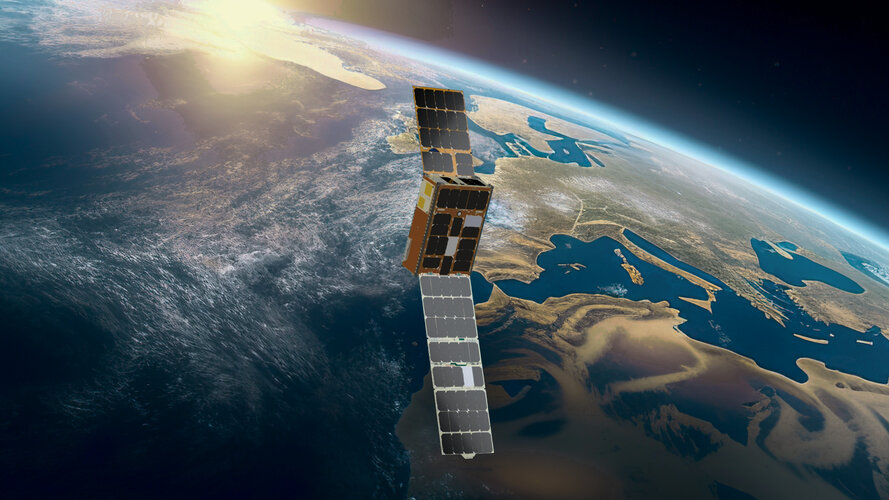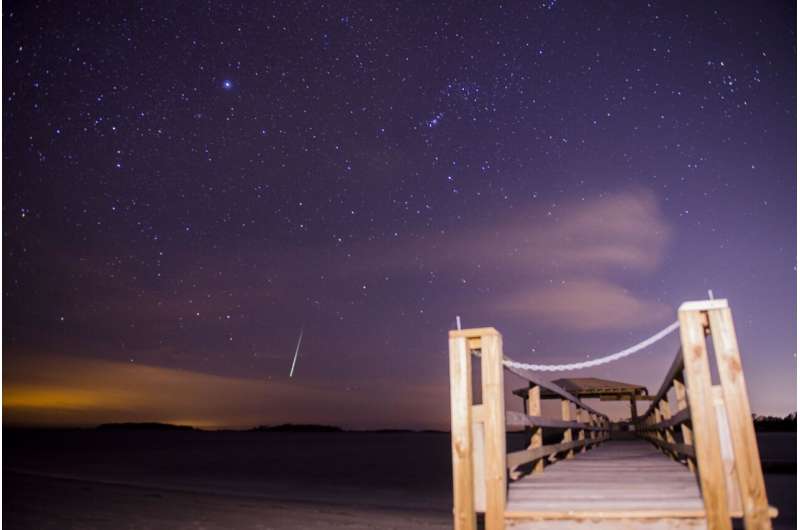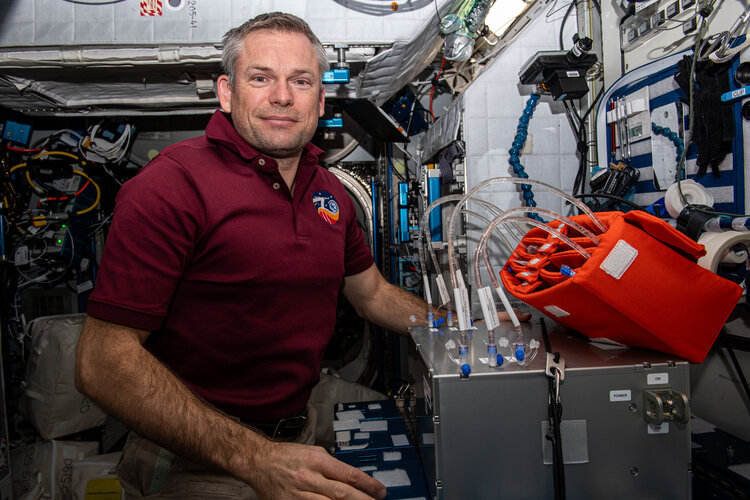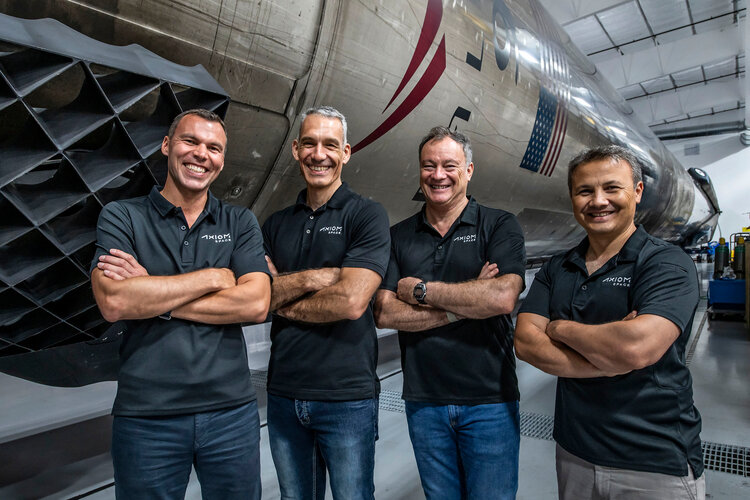
Copernical Team
NASA's Webb identifies tiniest free-floating brown dwarf
 Using NASA's James Webb Space Telescope, astronomers have identified the new record-holder for the smallest object that forms like a star: a tiny, free-floating brown dwarf with only three to four times the mass of Jupiter.
Brown dwarfs are objects that straddle the dividing line between stars and planets. They form like stars, growing dense enough to collapse under their own gravity, but
Using NASA's James Webb Space Telescope, astronomers have identified the new record-holder for the smallest object that forms like a star: a tiny, free-floating brown dwarf with only three to four times the mass of Jupiter.
Brown dwarfs are objects that straddle the dividing line between stars and planets. They form like stars, growing dense enough to collapse under their own gravity, but UK's Orbex secures funding for carbon-neutral spaceport development
 In a significant step towards advancing sustainable spaceflight, UK-based Orbex has secured a GBP3.3 million grant from the UK Space Agency as part of the European Space Agency's (ESA) Boost! initiative. This initiative is a component of ESA's Commercial Space Transportation Services and Support program, aimed at propelling the development of leading-edge space launch technologies.
This su
In a significant step towards advancing sustainable spaceflight, UK-based Orbex has secured a GBP3.3 million grant from the UK Space Agency as part of the European Space Agency's (ESA) Boost! initiative. This initiative is a component of ESA's Commercial Space Transportation Services and Support program, aimed at propelling the development of leading-edge space launch technologies.
This su Rocket Lab Sets Launch Date for iQPS's 'The Moon God Awakens' Mission
 In a significant development in the realm of space launches and Earth observation, Rocket Lab USA, Inc. (NASDAQ: RKLB), a global leader in launch services, is gearing up for its 42nd Electron mission. Scheduled no earlier than December 15, 2023, between 17:00 - 19:00, the mission, aptly named "The Moon God Awakens," is set to lift off from Pad B at Rocket Lab's Launch Complex 1 in New Zealand. T
In a significant development in the realm of space launches and Earth observation, Rocket Lab USA, Inc. (NASDAQ: RKLB), a global leader in launch services, is gearing up for its 42nd Electron mission. Scheduled no earlier than December 15, 2023, between 17:00 - 19:00, the mission, aptly named "The Moon God Awakens," is set to lift off from Pad B at Rocket Lab's Launch Complex 1 in New Zealand. T NASA's Space Station Laser Comm Terminal Achieves First Link
 A NASA technology experiment on the International Space Station completed its first laser link with an in-orbit laser relay system on Dec. 5, 2023. Together, they complete NASA's first two-way, end-to-end laser relay system.
NASA's LCRD (Laser Communications Relay Demonstration) and the new space station demonstration, ILLUMA-T (Integrated LCRD Low Earth Orbit User Modem and Amplifier Term
A NASA technology experiment on the International Space Station completed its first laser link with an in-orbit laser relay system on Dec. 5, 2023. Together, they complete NASA's first two-way, end-to-end laser relay system.
NASA's LCRD (Laser Communications Relay Demonstration) and the new space station demonstration, ILLUMA-T (Integrated LCRD Low Earth Orbit User Modem and Amplifier Term ESA announces two new directors

Two new senior staff have been appointed by ESA’s 22 Member States at today’s Council meeting. Laurent Jaffart will become the next Director of Connectivity and Secure Communications and Marco Ferrazzani will become the next Director of Internal Services.
ESA leads the way towards a Zero Debris future

Demonstrating connectivity’s latest technologies

A satellite has been launched that will demonstrate the latest technologies for connectivity and for Earth observation. The ALISIO-1 satellite was developed under an ESA Pioneer Partnership Project with satellite manufacturer and operator Open Cosmos, based at Harwell in the UK.
Geminids meteor shower peaks this week under dark skies

Clean water for space and Earth

Access to clean water is essential for humans. ESA astronaut Andreas Mogensen is helping to understand how to do it efficiently and at larger scales by testing water filtration membranes on the International Space Station as part of his Huginn mission.


